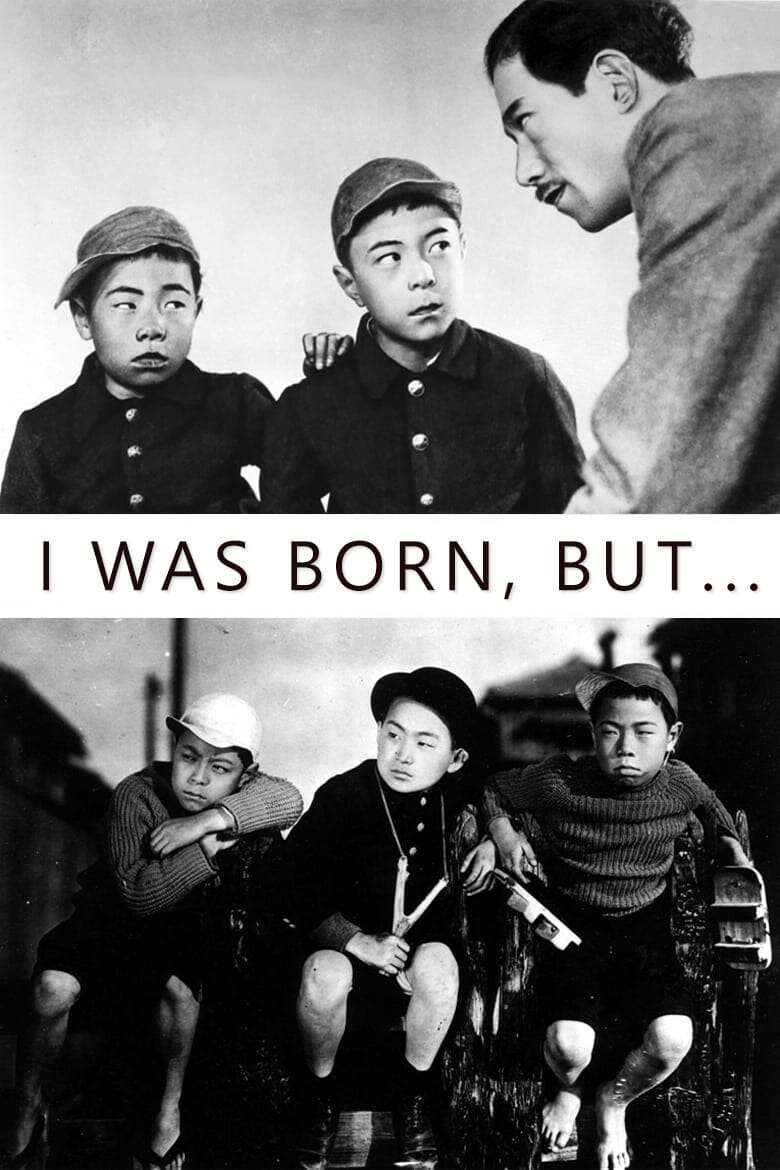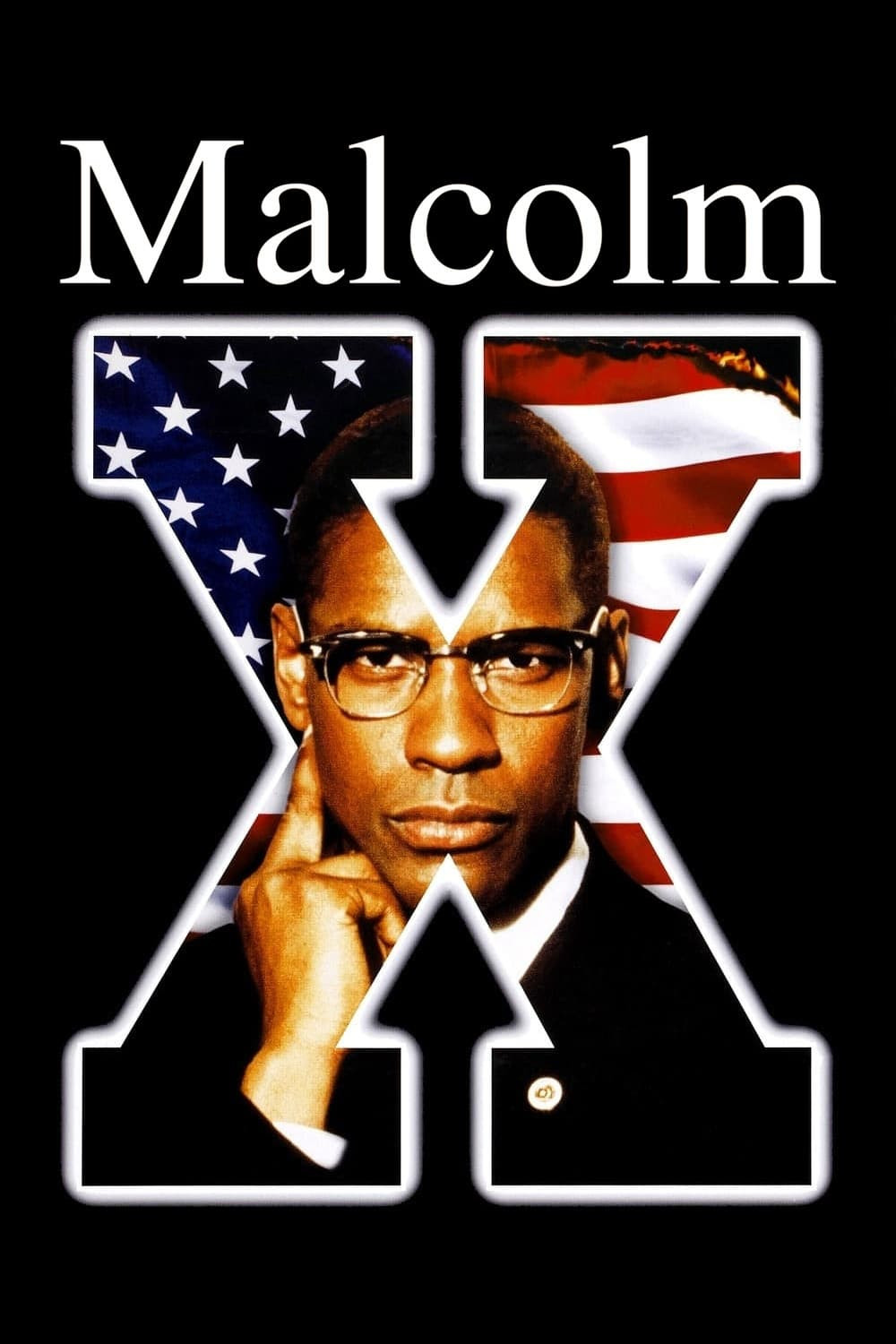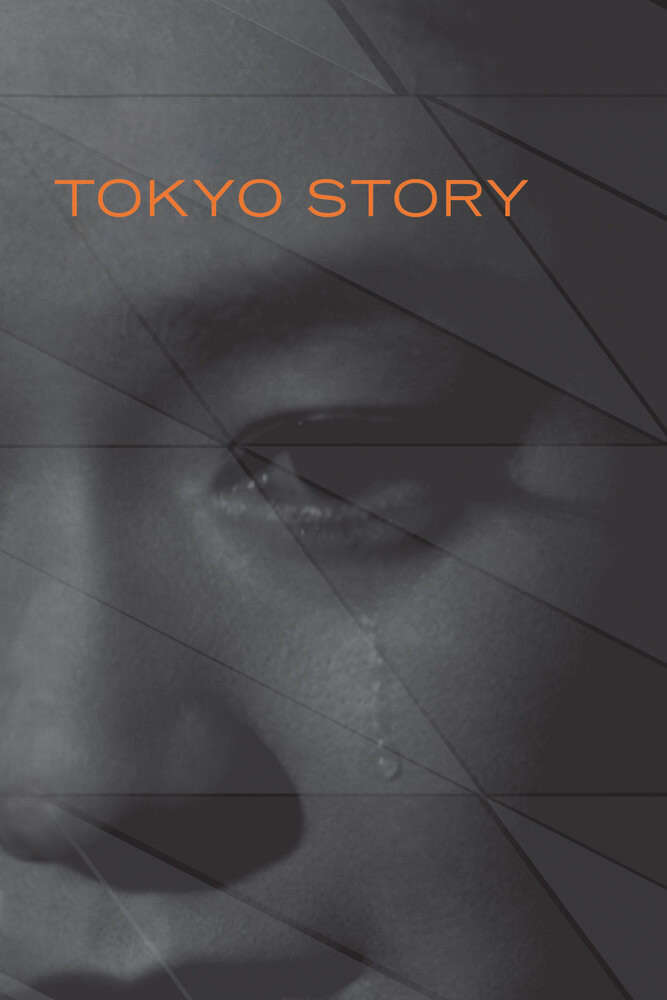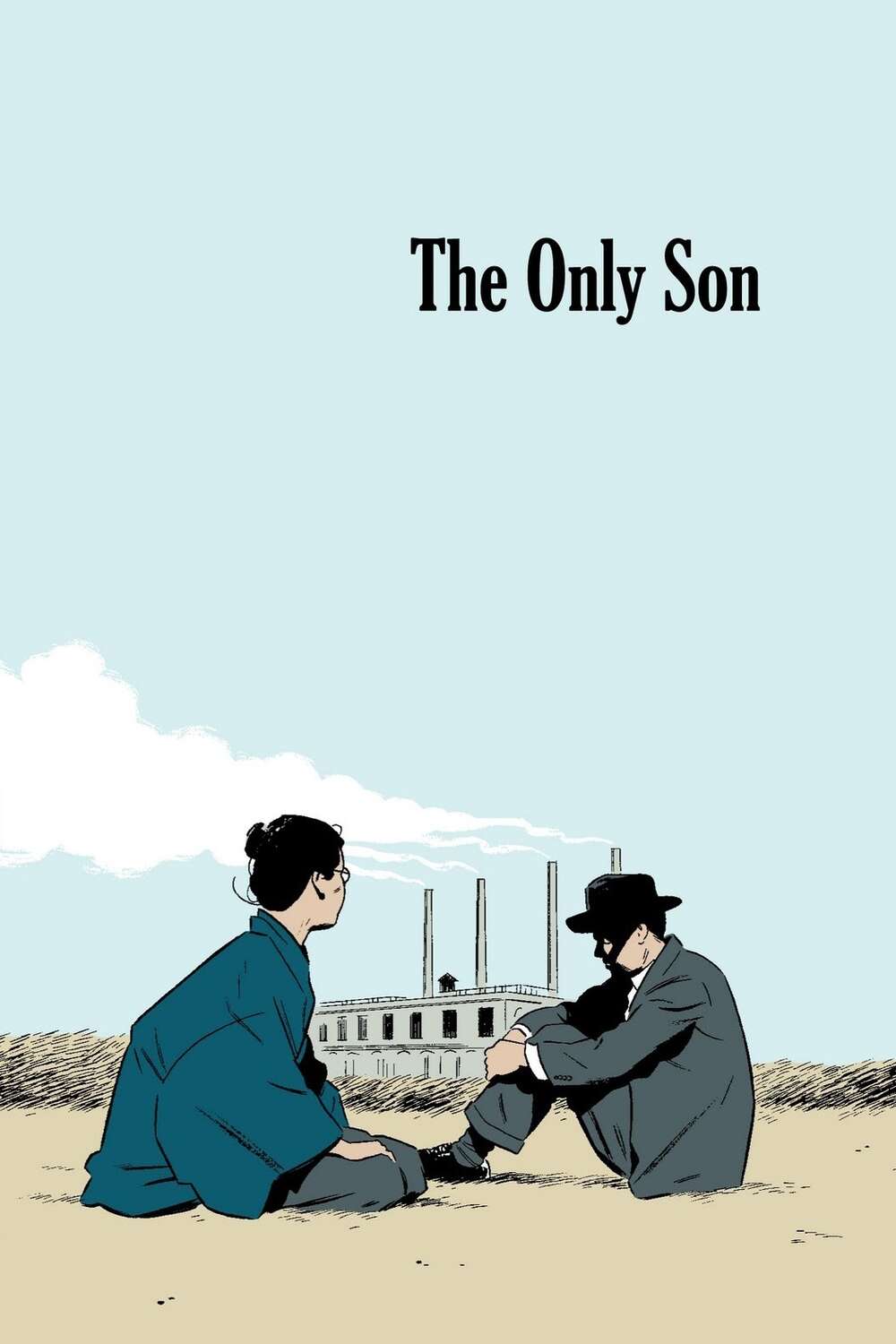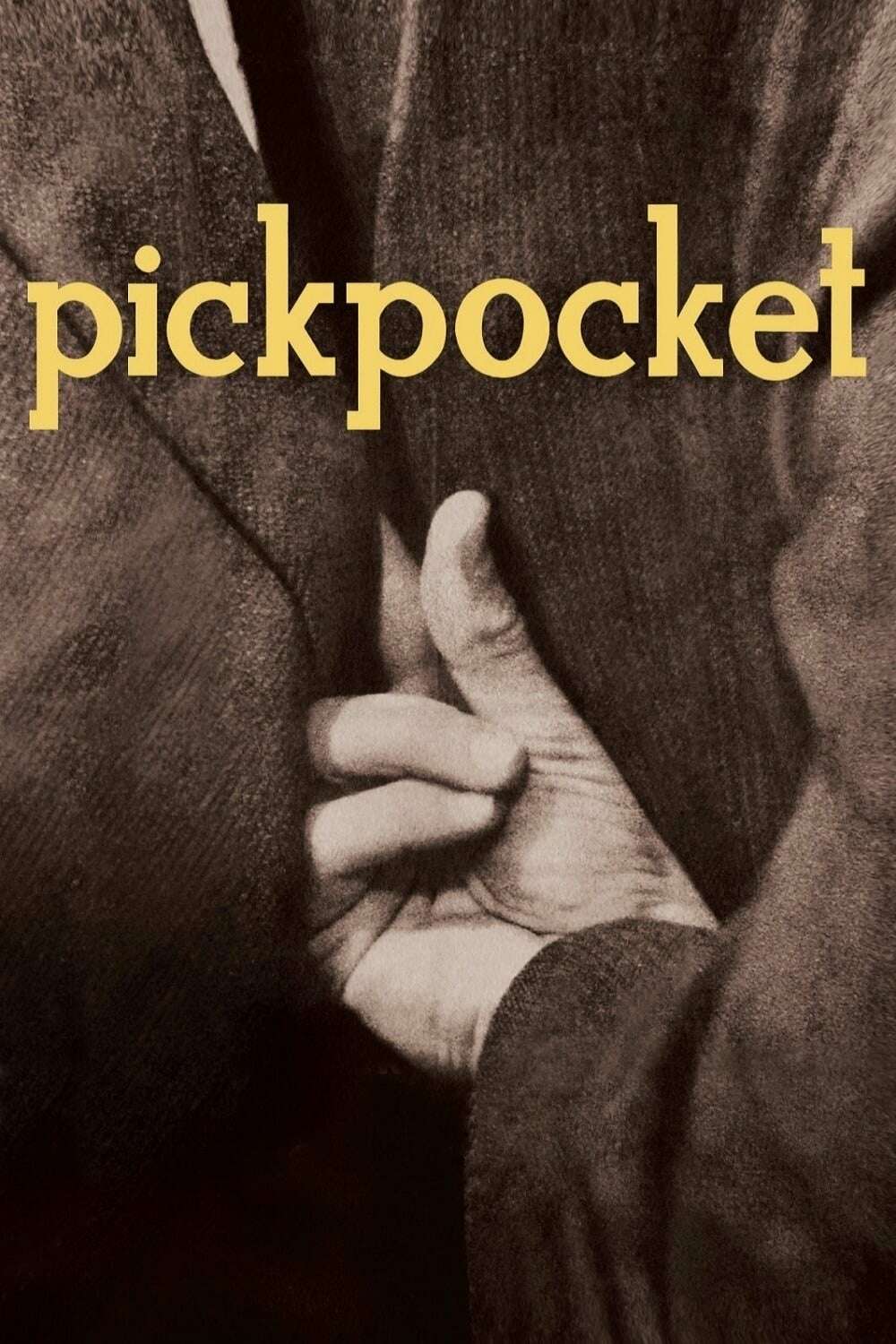Happy New Years🎊
A lookback at what I was and was not reading in 2024:
 2024 on Goodreads
2024 on Goodreads by
Various
My 2024 Year in BooksBeen wanting to do one of these again for awhile. Nothing fancy here, just going to do a staight report.
I read 13 "books" this year on Goodreads. After barely reading anything in 2023 and 2022, I wanted to get back into reading-shape. I started the year out strong by reading
The Origin of Others by Toni Morrison. This book was penultimate book published during her lifetime based on a series of lectures and serves as a meta-bookend to
Playing in the Dark: Whiteness and the Literary Imagination. I had been wanting to read it for awhile and decided to do so in January.
I followed that major read with some lighter fair:
Diana's Tree by Alejandra Pizarnik,
Chihayafuru, Vol. 3 by Yuki Suetsugu, and
The Malefector by Anton Chekhov. A volume of poetry, a volume of manga, and a short story, respectively. The poetry here and later in the year were to-do items that I got to cross off my list after a few years of wanting to get to them. I liked
Diana's Tree, but it did not hit me with the same intensity that I got from reading here for the first time in
The FSG Book of Twentieth-Century Latin American Poetry: An Anthology.
Chihayafaru, volume 3 was the last book from the series that I decided to read befor watching the series' anime adaptation (I have watched season one, so far, and plan to hopefully watch season 2 this year) when I have finished the anime adaptations I will pick-up the manga from where the anime stops. Every year I read at least on Chekhov sort story on his birthday and this year I decided to read
The Malefector. I can't say I really remember what it was about besides something to do with how the Russian Imperial judiciary treated Russian peasants.
The second major read that I completed this year was
Black Skin, White Masks by Franz Fanon. Though I always think myself too seasoned a bibliophile veteran to get caught in the expectations-trap, it still happens. I feel various intellectual-types and hoteps have sold this book as one thing, and it read to me as a very different thing and I was slightly disappointed, but I think I understood what Fanon was saying...I just didn't fully agree with it. One interesting thing about that review is that it got attention from some interesting places.
After that I took a break from Goodreads (and reading anything not manga-related) for about 10 months. I was persuaded to come back on here after the hype and controversy over what would become my favorite read of the year:
The Message by Ta-Nehisi Coates. The outrage over this book is legendary at this point, but it convinced me to start reading again. Though I knew and agreed with much of what Coates talked about in the book already, reading it in journalistic detail on the page made me angry and as outraged as he was. It had been awhile since I read a book that struck me to care in such a way. I have to say that while I was keeping up at the controversies on this site over fake reviews, review-bombing, and sock-puppet accounts with the different YA books—seeing all three methods being utilized by right-wing trolls for this one book was startling and something I had never seen happen in real time since I first joined this site in December 2010. That's how you know this book was the read deal!
Since then I have been back on my reading grind. Not a lot of big literature was read by me, but more of the lighter-stuff as I gradually get back to using Goodreads again. I read
Copacetic by Yusef Komunyakaa, the other volume of poetry for this year and it was decent. I had been curious to read Komunyakaa for awhile, and after reading his selections in
Angles of Ascent: A Norton Anthology of Contemporary African American Poetry, I decided to read a short volume of poetry by him and came upon this book.
Al the other books I closed the year on where comic books that I had in my backlog to read. I tend to mostly read manga that I like and find as they are translated. And I mostly read them digitally unless it is a volume I really like in which case I will buy a physical copy like I did with American comic books. I have a physical manga volume that I bought over the holiday and plan to re-read and review this year (a little preview for y'all). I don't keep-up with superhero comics anymore, but I have enough of a backlog in my
Comixology Kindle archives that I will continue reading and putting out reviews when I get to them.
Of the comics I read to close-out the year, I will spotlight two here:
Marvel Masterworks: The Uncanny X-Men, Volume 2 by Chris Claremount, Dave Cockrum, and John Byrne. This is the second volume of Marvel Comics' special trade paperback collection of
Chris Claremont's 15 year tenure on the
Uncanny X-Men comics with illustrators/co-writers
John Byrne &
Dave Cockrum (among others). This was a good look at the stories that are now part of contemporary American mythology at this point (and bein saturized to death by Hollywood). It was good to read these stories myself as they were originally meant to be read and I look forward to reading more.
The Promised Neverland, Volume 20. This is the last volume of one of the best-selling manga of the century, so-far. Despite the catastrophe of the second season anime adaptation, the manga itself remained just good-enough to keep me coming back for more and ended on a bittersweet, but hopeful note. This manga, along with
One-Punch Man and
Demon Slayer: Kimetsu no Yaiba, got me to start reading manga seriously in the first place so finishing this was a special milestone for me. I do hope they include the actual epilogue chapter in an official English volume one day.
Well, besides
a very cynical Christmas short story by Langston Hughes, that was my year in books according to Goodreads. I was glad to keep doing this and not totally give-up on reading. I am currently reading
Black Theology and Black Power by
James H. Cone and hope to have it finished by the end of January. Happy New Year.
View all my reviews
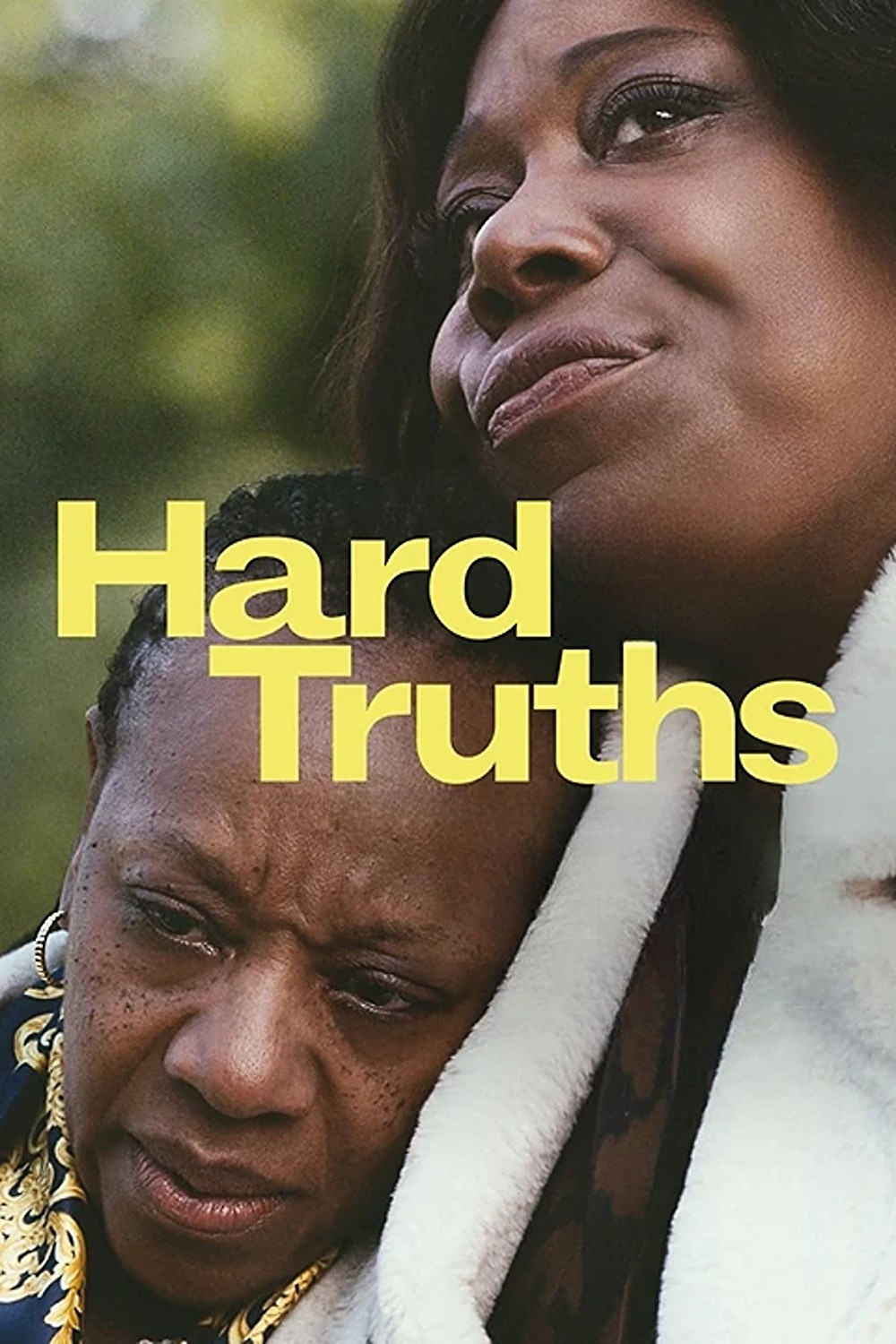






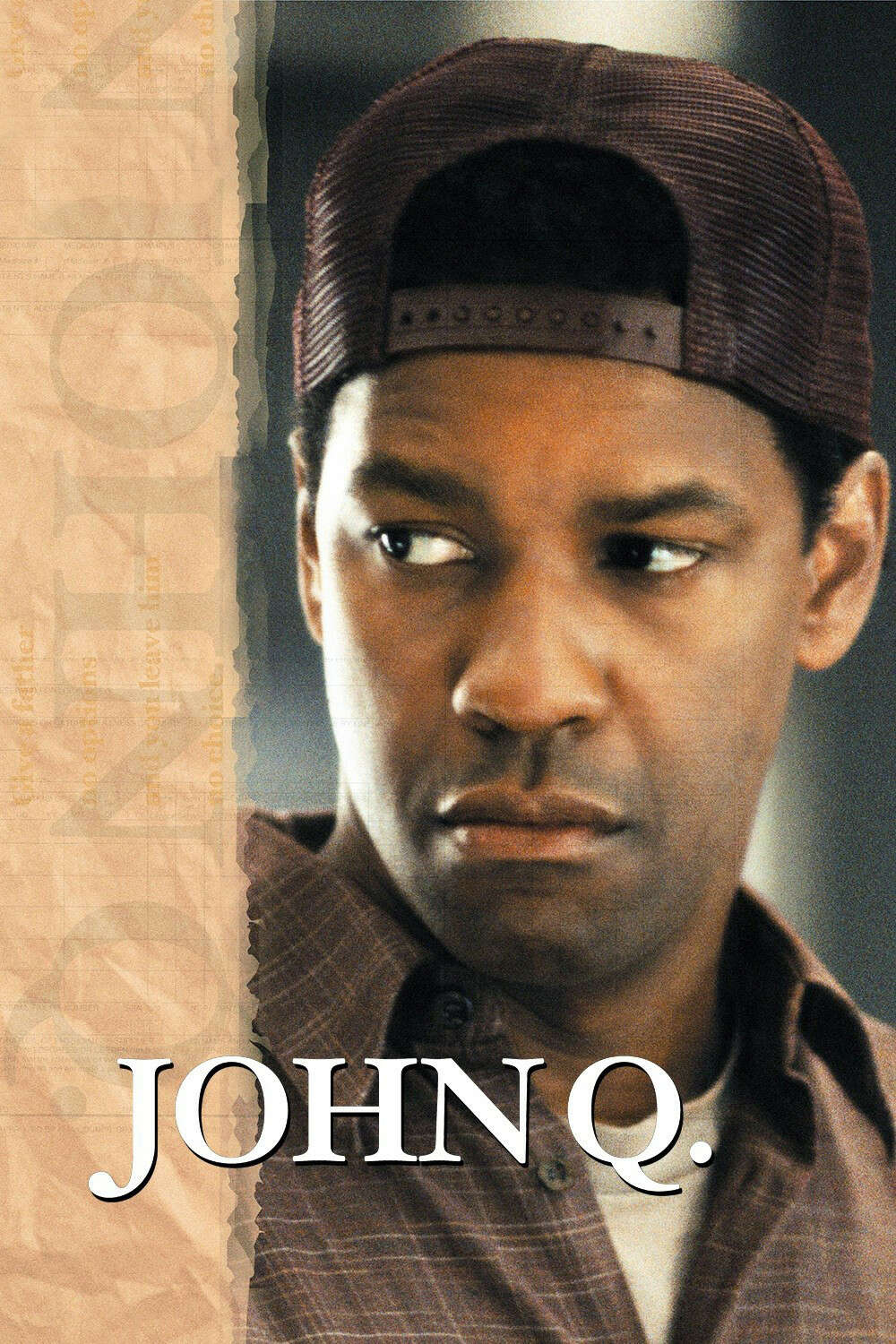

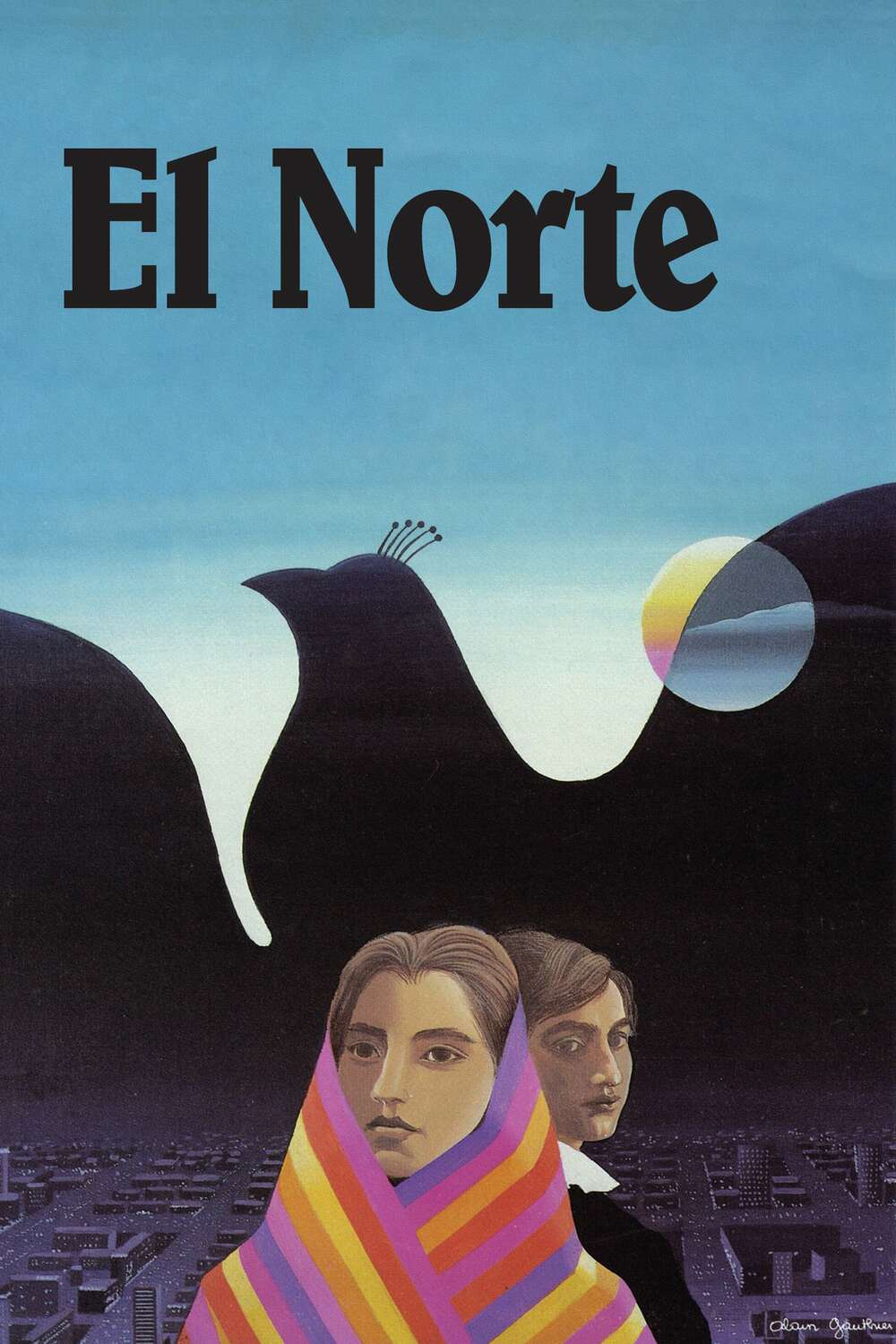


.png)
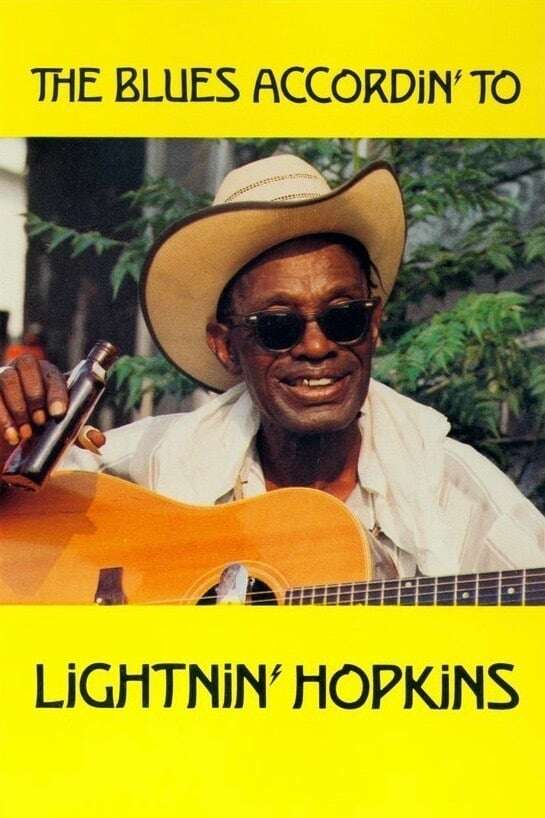
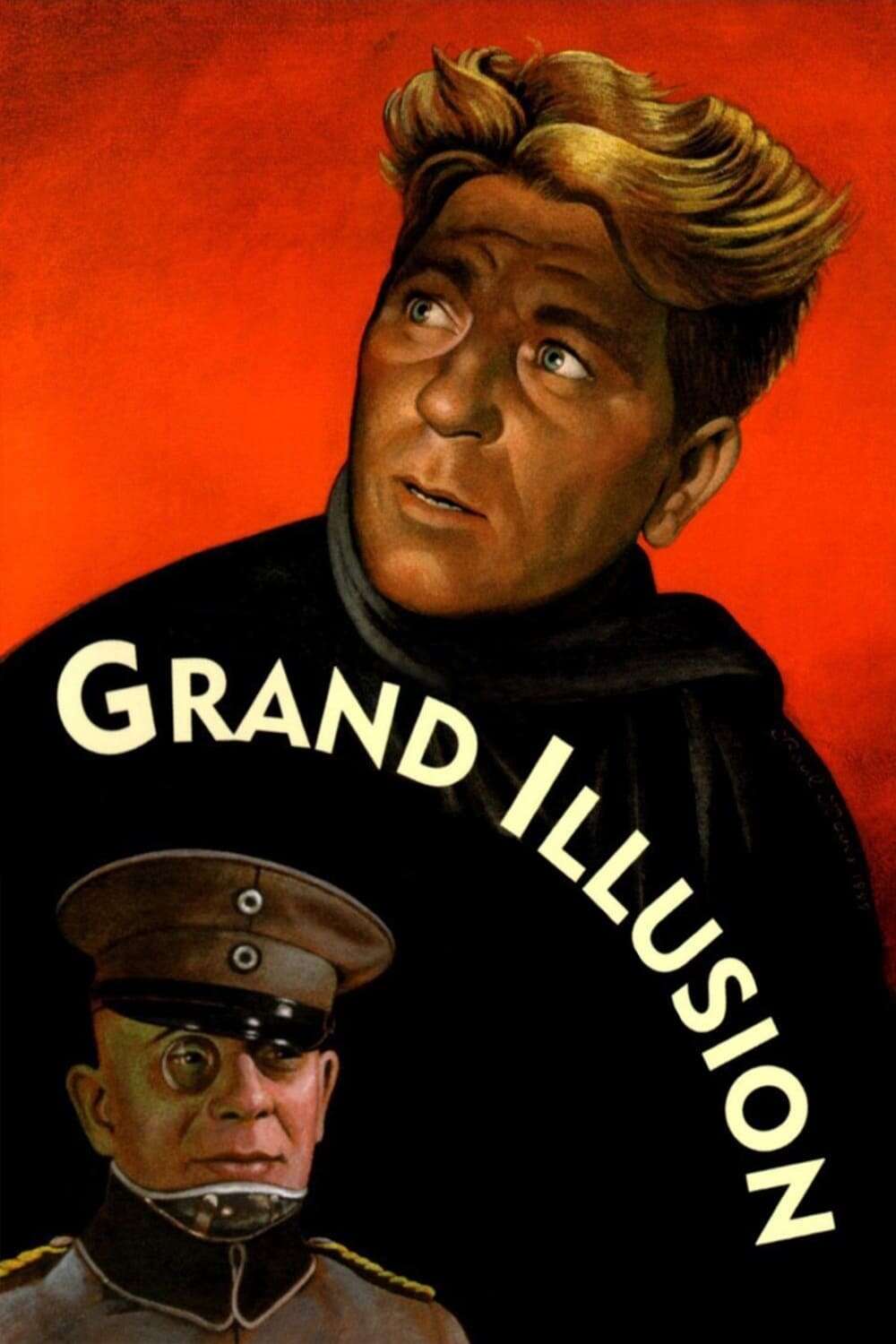
.jpg/800px-Festival!_(1967_film_poster).jpg)
